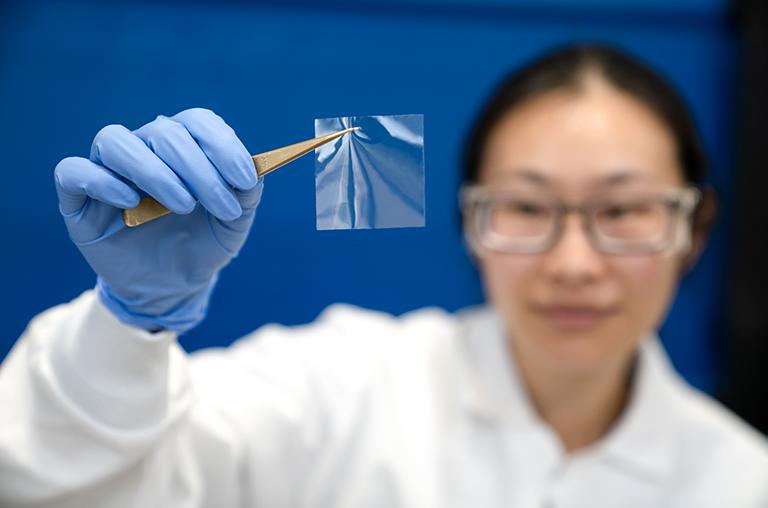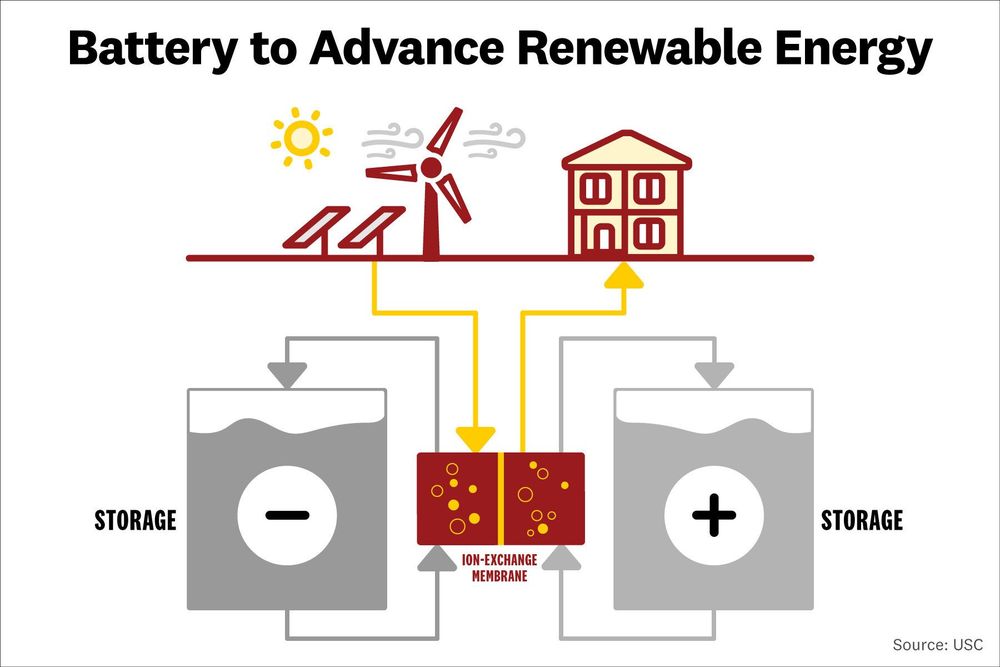Apr 13, 2020
A digital court for a digital age
Posted by Saúl Morales Rodriguéz in categories: bitcoin, business, economics, law
The digital court could open up commercial opportunities to those who cannot access traditional legal services. Image CC-0.
In a move to save time, money and effort, economics researchers utilized existing blockchain methodologies to create what they call a digital court. This would provide enforcement of contracts wherever a traditional legal court would currently settle disputes. Examples of areas which could make use of this would be auctions, business contracts and sales. As it is based on existing technology, it could be implemented right now.
Blockchain technology has great potential to impact many areas of life, commerce in particular. Put simply it is a way to ensure that information can be recorded in such a way that it cannot be manipulated afterwards. Blockchain is what is known as a distributed ledger, that is, there is no central authority, it is peer-to-peer, and its most famous application at this time is the online currency bitcoin. However, people find other uses for it.


















